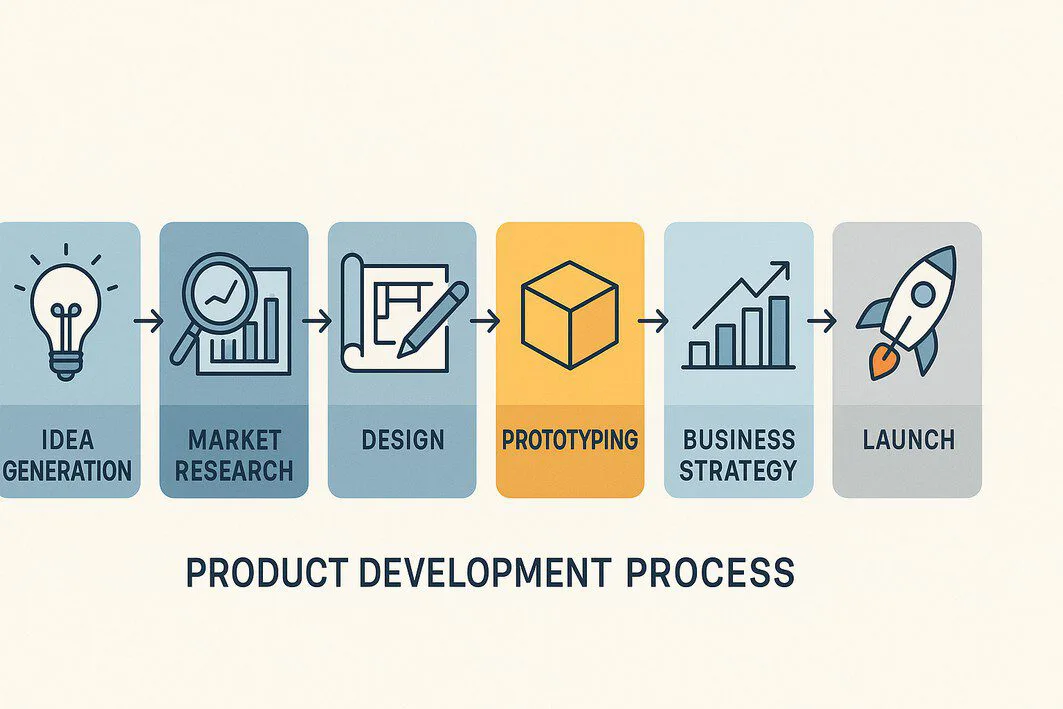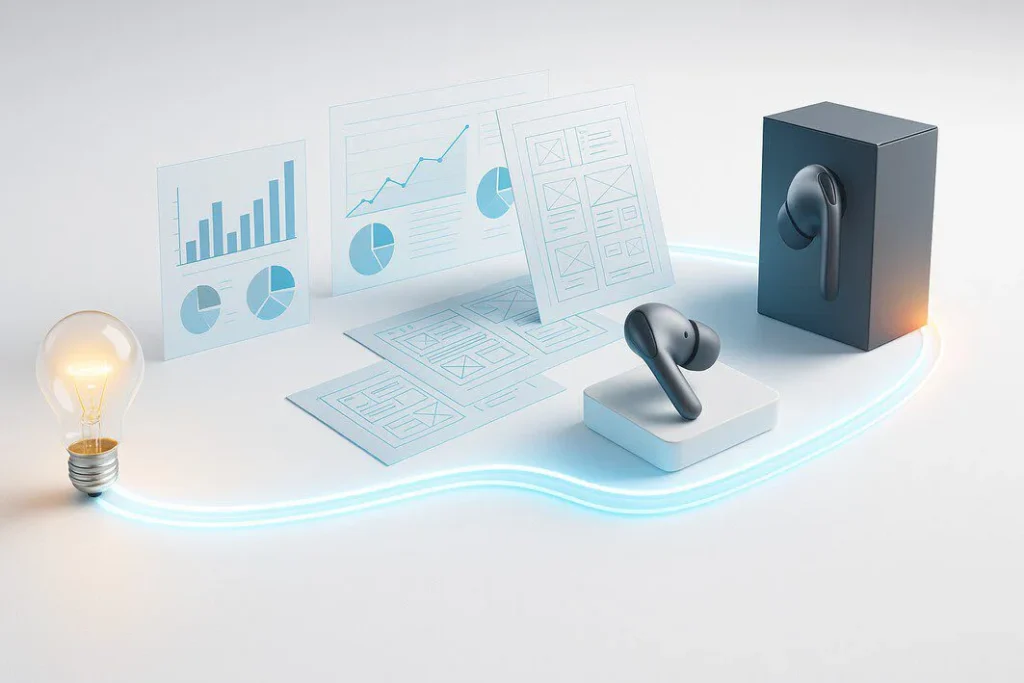Embarking on the journey of bringing a new product to market can be both thrilling and daunting. The path from a simple idea to a successful launch is complex, requiring a structured approach and strategic execution. This is where a deep understanding of product development becomes your most valuable asset. This complete product development guide will illuminate the critical stages, highlight the profound importance of product development, and provide a clear roadmap for turning your vision into a tangible, market-ready reality.
Table of Contents
At its core, the product development process is a systematic framework that guides a product from conception through to its market introduction and beyond. It involves a series of stages that include brainstorming, designing, building, and marketing new or rebranded goods or services. A well-executed process not only minimizes risks but also maximizes the potential for success, ensuring the final product meets a genuine market need.
Why the Importance of Product Development Cannot Be Overstated
In today’s fast-paced and competitive landscape, a formal product development strategy is not a luxury—it’s a necessity. It provides the structure needed to innovate effectively and stay ahead of the curve.
- Meets Customer Needs: A rigorous process is built on a foundation of thorough market research, ensuring the final product solves a real problem for the target audience. This customer-centric approach is the cornerstone of a successful launch.
- Provides a Competitive Edge: Innovation is key to differentiation. By systematically developing new features, improving existing products, or creating entirely new solutions, companies can capture market share and build a loyal customer base.
- Optimizes Resources: A clear roadmap prevents wasted time, money, and materials. By validating ideas early and often, you can avoid investing heavily in concepts that are unlikely to succeed. Our focus on building a solid business case helps clients analyze potential ROI from the outset.
- Enhances Brand Reputation: Consistently launching high-quality, well-thought-out products builds trust and establishes your brand as a reliable leader in your industry.
The Complete Product Development Process: A Step-by-Step Breakdown

While specifics can vary by industry, the product development lifecycle generally follows a series of distinct stages. Each phase builds upon the last, moving the concept from abstract idea to concrete product.
Stage 1: Idea Generation & Screening
This is the genesis of your product. Ideas can come from anywhere: internal brainstorming sessions, customer feedback, competitor analysis, or market trends. The goal is to generate a wide range of potential concepts. Once you have a pool of ideas, the screening process begins. This involves evaluating each concept against a set of criteria, such as market potential, technical feasibility, and alignment with business goals, to identify the most promising candidates.
Stage 2: Market Research & Feasibility Analysis
With a viable idea in hand, it’s time for a deep dive. This stage is about validating your assumptions. Conduct comprehensive market research to understand your target audience, identify competitors, and define your unique value proposition. Simultaneously, a feasibility study will assess the technical, economic, and operational resources required to bring the product to life, ensuring the project is realistic.
Stage 3: Concept Development & Design
Here, the validated idea begins to take shape. This stage involves creating detailed product specifications, outlining features and functionality, and developing the initial design. This includes everything from the user interface (UI) and user experience (UX) for software to the industrial design and material selection for a physical product. A comprehensive knowledge base is critical at this stage to ensure designs are optimized for both performance and manufacturability.
Stage 4: Prototyping & Testing

A prototype is a preliminary model of your product used for testing and gathering feedback. It can range from a simple paper sketch to a fully functional pre-production model. The goal is to test the design, functionality, and user experience with a small group of target users. This iterative process of building, testing, and refining is crucial for identifying and fixing flaws before committing to mass production.
Stage 5: Business Strategy & Marketing Plan
While the prototype is being refined, the business and marketing teams should be developing a go-to-market strategy. This includes:
- Setting the pricing structure
- Defining the supply chain and distribution channels
- Creating a comprehensive marketing and promotion plan
A strong strategy ensures that when the product is ready, there is a clear plan to get it into the hands of customers.
Stage 6: Manufacturing & Commercialization
Once the final prototype is approved and the business strategy is set, it’s time for full-scale production. This stage, often called commercialization, involves:
- Setting up the manufacturing process
- Sourcing materials
- Producing the first batch of the product
Quality control is paramount here to ensure every unit meets the established standards.
Stage 7: Launch & Post-Launch Evaluation
The product is officially introduced to the market. The launch involves executing the marketing plan to generate awareness and drive initial sales. However, the work doesn’t stop here. After the launch, it’s essential to:
- Gather customer feedback
- Monitor sales data
- Track key performance indicators (KPIs)
This information is invaluable for making future improvements, planning updates, and informing the development of the next generation of products.
Choosing the Right Partner for Your Product Development Journey
Navigating the intricate product development process requires expertise, precision, and a strategic partner dedicated to your success. A partner with deep engineering experience can help you avoid common pitfalls, streamline timelines, and ensure your final product is not only innovative but also manufacturable and profitable. By focusing on creating robust, market-ready solutions, the right team can transform your concept into a commercial success.
For organizations looking to master every phase of this journey, working with a team that offers end-to-end product development services can provide the comprehensive support needed to succeed. From initial ideation to final manufacturing, a holistic approach ensures every detail is aligned with your ultimate business goals.

